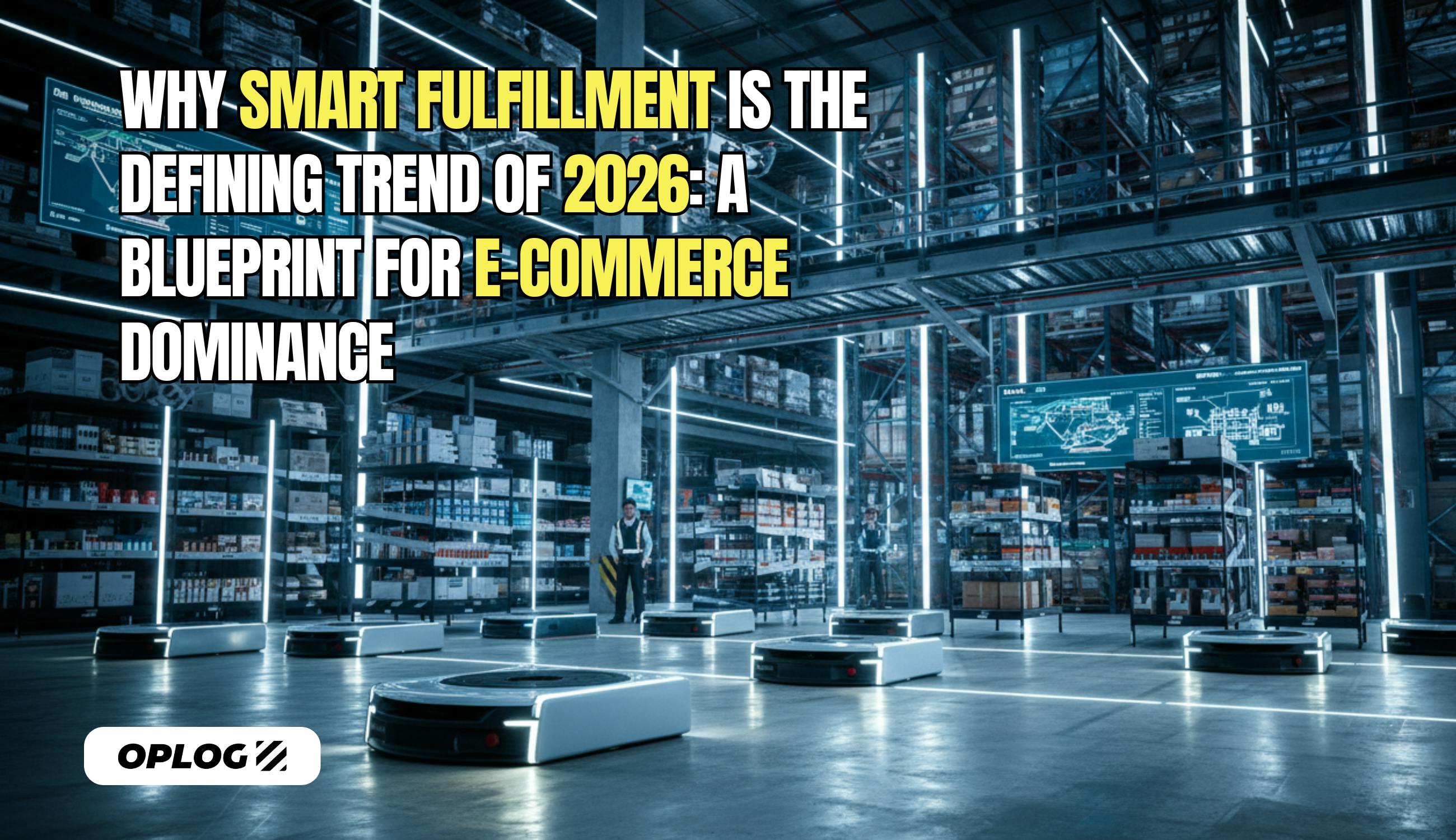The holiday season can be a challenging time for the retail industry. It's like playing a high-stakes game of 'Chutes and Ladders,' where one minute you're enjoying record-breaking sales, and the next, you're facing staffing nightmares. To succeed during this chaotic rollercoaster, adaptability in labor management is critical.
Retail brands face numerous challenges and uncertainties, such as increased demand, competition, ever-rising customer expectations, and supply chain disruptions. In such cases, you need to possess the capability of resilience, which allows your brand to anticipate, adapt, and recover from changes and disruptions.
Another critical factor that can make or break the holiday season for retail brands is the ability to optimize the workforce performance, engagement, and well-being by aligning labor supply with demand, enhancing visibility and flexibility in scheduling and staffing, increasing employee satisfaction, engagement, and retention, and reducing labor costs and turnover.
In this blog post, we will explore how adaptable labor management can help you build resilience during peak season.
The Holiday Season and Its Impact on Retail
The holiday season, which typically spans from Thanksgiving to New Year's, is when consumers tend to be more inclined to spend more on acquiring wants, needs, and spoils for themselves.
Shopping is often considered a popular national pastime for your potential consumers. It's hardly surprising as statistics and data indicate that holiday sales frequently contribute to a significant proportion of annual revenue, sometimes reaching as high as 20-30%.
With the opportunities for revenue increase come various challenges that can affect profitability.
Some of these challenges include:
Seasonal Workforce Management Challenges
One of the significant challenges of the holiday season is managing a seasonal workforce. This involves recruiting, training, and overseeing employees who are only with the company for a limited time.
To ensure that your workforce is well-prepared and motivated, you need to have a solid plan in place. This may involve providing comprehensive training programs, offering competitive compensation and benefits packages, and creating a positive work culture that encourages employee engagement and productivity. More on this later.
Inventory Management Issues
Effectively managing inventory and handling fluctuations in demand can be quite challenging.
A sudden increase in customer orders can result in stockouts, leading to lost sales and unsatisfied customers. On the other hand, overstocking can lead to the tying up of capital in excess inventory, which can have significant financial implications for the business.
Therefore, it is crucial to have a well-defined inventory management system that can help them track your inventory levels, forecast demand, and ensure that you have the right amount of inventory to meet customer demand without incurring unnecessary costs.
Supply Chain & Customer Service Issues
Increasing customer orders during the festive season stretches your supply chain processes. This can lead to delivery delays or mixing up customer items.
In a survey by Coupa Software, 98% of retailers said they expected supply chain disruptions, with 88% predicting they would worsen.
To deal with this challenge, you can communicate and engage with customers effectively to manage their expectations. Inform customers about product availability, delivery options, and potential delays or issues.
Partnering with a 3PL company like Oplog can also put your supply chain worries to rest. Oplog uses data and analytics to forecast customer demand, sales, and inventory levels, improving performance, efficiency, quality, and customer satisfaction.
Balancing In-Store and Online Sales
Finding the right balance between in-store and online sales can be challenging during the holiday season as the line between brick-and-mortar and digital shopping becomes blurred.
To succeed, it's essential to seamlessly integrate online and offline channels to provide customers with a smooth shopping experience across all touchpoints.
You need to invest in a cloud platform to connect your brick-and-mortar stores to digital shopping.
By prioritizing a comprehensive approach, you can ensure meeting your customers' needs both in-store and online.
OPLOG One helps you efficiently monitor inventory levels, track and trace shipments, and manage deliveries across all customer touchpoints.
How to implement adaptable labor management practices
Implementing adaptable labor management practices may seem impossible, but it's not. It's like creating a culinary masterpiece in a retail kitchen. You have the ingredients (your workforce), and now you just need the right recipe.
Imagine yourself as the head chef and your staff as the versatile ingredients that can adapt to any season's flavor. With the right blend of forecasting, scheduling, training, and technology, you can cook up success and become the Gordon Ramsay of adaptable labor management.
But how do you become adaptable? How do you manage your labor in a way that allows you to respond to the changing needs and demands of your business and your customers? Well, you can start by following these simple steps:
Cross-training staff
Cross-training staff simply means teaching employees to perform some of the tasks of a different role so that they can fill in the gaps when needed.
For example, a stockroom employee can learn how to operate the cash register, or a sales associate can learn how to process online orders. Cross-training staff can offer several benefits during the peak shopping season, such as:
Increasing flexibility and efficiency
Having a cross-trained team can prevent delays, errors, and customer dissatisfaction that may arise due to understaffing or skill gaps when regular employees are unavailable, absent, or on leave.
Cross-trained employees can also switch between different tasks as needed, based on the workload and priority, which can enhance productivity and responsiveness.
Improving customer service and loyalty
Because Cross-trained staff have a broader knowledge of your products, services, and processes, they offer better service to customers.
They can also handle customer inquiries or complaints more effectively by having the skills and authority to resolve them quickly and satisfactorily.
Enhancing employee engagement and retention
Providing cross-training opportunities to your employees not only helps them develop new skills but also enables them to work on diverse projects and progress in their careers.
By entrusting them with additional responsibilities and autonomy, you demonstrate your brand's values and respect toward them, thereby boosting employee morale, commitment, and loyalty.
This, in turn, reduces employee turnover and recruitment costs.
Another strategy is…
Adopting a hybrid workforce model
A hybrid workforce model means having a mix of in-office and remote workers, as well as employees and independent professionals working together. For example, you can have some of your staff working from home or co-working spaces while others work from the store or the warehouse.
You can also hire freelancers, contractors, or consultants to handle specific tasks or projects that require specialized skills or expertise. Here are some strategies you can implement.
Hire Seasonal Staff
If you anticipate a surge in demand for your business during the peak shopping season, hiring seasonal workers can be an excellent way to supplement your existing workforce.
These temporary employees can provide the extra help you need to ensure that your business runs smoothly and efficiently during the busiest time of the year.
You can also consider staffing agencies that specialize in finding temporary workers to fill short-term roles, saving you time and resources in the hiring process.
By working with a staffing agency, you can tap into their network of qualified candidates and quickly find the right fit for your needs. You also save yourself all of the paperwork and administrative tasks associated with hiring temporary workers, which can further streamline your process.
Hiring seasonal workers ensures that your customers receive the highest service and satisfaction, which can help boost your brand’s reputation and drive sales.
Offer flexible scheduling options to employees
Consider offering your employees flexible scheduling options, such as the ability to swap shifts, request time off, or work overtime.
This approach will provide you with greater flexibility in managing your staffing needs, enabling you to meet demand during peak periods better.
Additionally, it can improve employee satisfaction and retention by allowing them to balance their work and personal commitments more effectively.
A hybrid workforce model can offer several benefits during the holiday shopping season, such as:
Reducing costs and risks
A hybrid workforce model saves money on office space, utilities, equipment, travel, and other overhead expenses. It can also help you mitigate risks associated with unexpected events, such as social unrest or natural disasters, that may disrupt physical operations or supply chains.
In unforeseen mishaps, you can continue business operations remotely or from alternative locations with minimal impact.
Expanding capabilities and opportunities
Adopting a hybrid workforce model enables you to tap into a larger talent pool, thereby having the advantage of matching the right talent with the right tasks at the right time.
This approach also allows you to expand into new markets and reach customers that may not be accessible through traditional channels. Leveraging a hybrid workforce model brings stability and consistency to employees, as well as the flexibility and innovation provided by independent professionals.
One more strategy is…
Using technology to automate tasks
Managing a workforce can be a cumbersome task, but you can automate many of the repetitive and time-consuming tasks such as scheduling, timekeeping, and payroll.
By automating these processes, you can free up your team to focus on more customer-facing tasks, which can help improve customer satisfaction and ultimately boost your business's bottom line.
An advanced inventory management platform can help you track and analyze customer traffic and demand patterns, giving you valuable insight into areas where staffing levels need to be increased to meet customer demand and improve overall customer satisfaction.
OPLOG Warehouse Management Software can optimize inventory levels and reduce waste, ultimately leading to increased profitability and success for your business.
Case Study: Home Depot
Home Depot implemented adaptable labor management during the holiday shopping season by:
- Catering to customers' needs and ensuring safety during the pandemic, Home Depot made a significant change to its Black Friday sale in 2020. Instead of having a single-day event, they extended the deals for almost two months, from early November to December, both online and in-store. This approach reduced the need for many staff daily and allowed customers to shop at their convenience, avoiding crowds and maintaining social distancing.
- By partnering with Pinterest to offer inspiration and ideas for do-it-yourself gifts, customers gained the ability to craft unique and personalized presents from the comfort of their own homes. This approach empowered customers to tap into their creativity and utilize their available resources rather than solely relying on the products and assistance of the brand’s inventory and staff. As a result, customers could enjoy a more meaningful and fulfilling gift-giving experience that truly reflected their style and sentiments.
- To improve employee engagement and retention, Home Depot maintained its tradition of closing all stores on Thanksgiving Day, allowing staff to spend time with their family and loved ones. It also invested $2 billion in additional pay and benefits for its associates in 2020 and announced a permanent compensation increase for its frontline hourly workers.
Wrapping up…
To build resilience in retail through adaptable labor management, you must understand that it's a continuous process that requires constant learning and improvement. It's essential to regularly review your data and feedback to evaluate your progress and performance against your goals and benchmarks.
Additionally, it's essential to update your labor management practices to adapt to changing customer needs, preferences, behaviors, expectations, market conditions, industry standards, and technological innovations.
If you need assistance with adapting your labor management or resilience, let’s talk.







